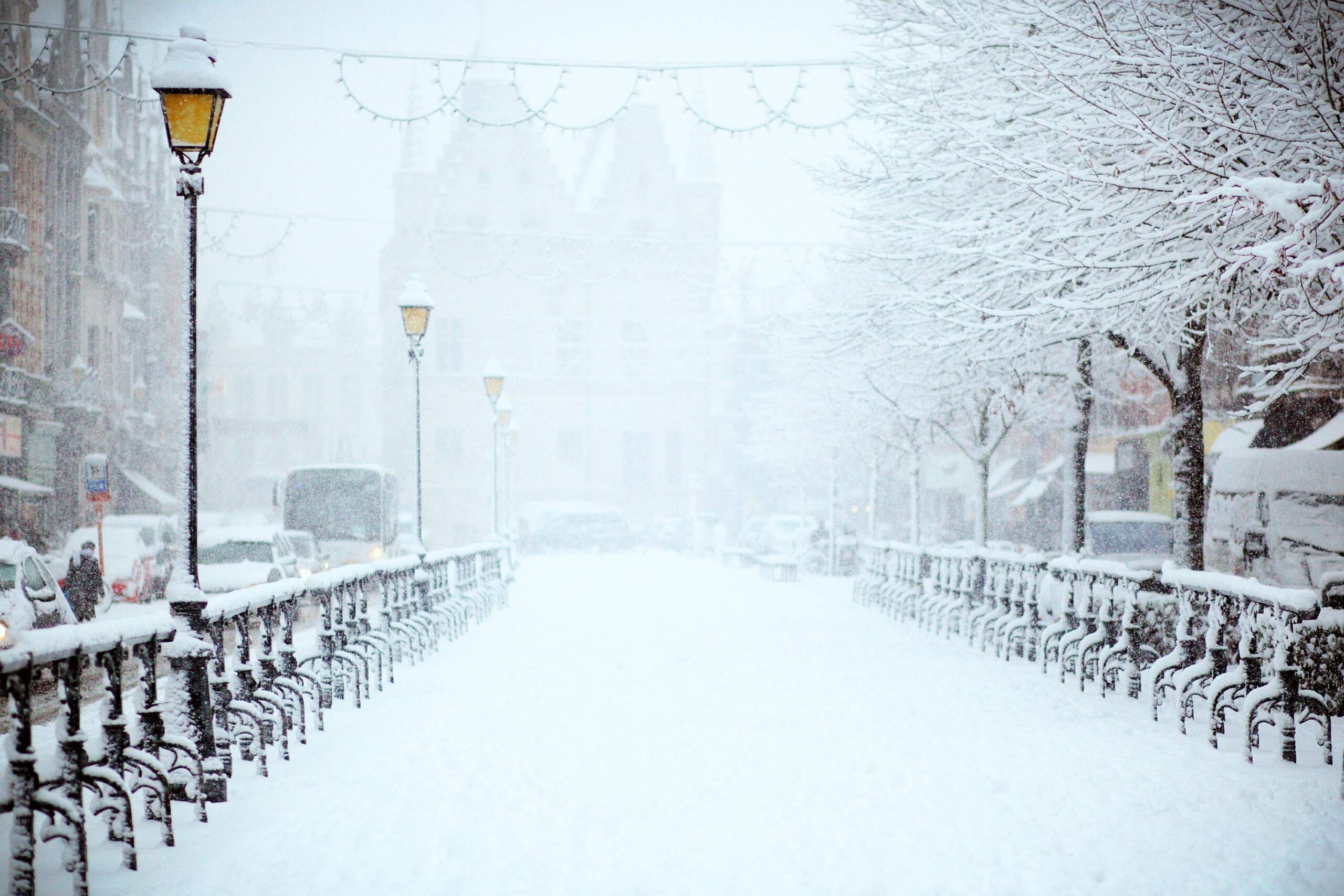Across many parts of the country, declining temperatures and landscape changes signal the end of autumn and the start of the winter season. The change of seasons can impact daily life in many ways – cars need to be started before venturing out to warm them up, snow requires shoveling and layers are bundled on every time we venture outside. However, we aren’t the only ones experiencing change – some pests, to adapt to the winter weather, are in search of new, warmer areas to supply them with food, water and shelter. While commercial facilities are faced with pest pressures year-round, there are a few pests that can demonstrate unique activity in the winter months. It is important to be aware of these common pests during each season so you know what to look for and can discuss any findings to your pest management professional.
Rodents
While commensal rodents can pose a threat to commercial facilities year-round, warmth and attractive odors that seep from buildings during the winter months can create a greater attraction. “Commensal” refers to a species of organisms that obtains necessary food and shelter from a host organism, meaning that these rodents live in close proximity to humans and rely on them for food and shelter sources. Common commensal rodents include Norway rats, roof rats and house mice. Though these rodents don’t hibernate, they can become dormant in response to cold weather and a dwindling food supply. Therefore, in areas with below-freezing temperatures, finding winter shelter can be the difference between life and death.
Semi-commensal rodents, such as deer mice, are not usually found in close contact with humans but make exceptions during late fall and winter. Unlike commensal rodents, “semi-commensal” rodents are less reliant on humans for food and shelter sources. They often seek shelter in sheds, outbuildings, and exterior storage areas instead of spaces that are consistently occupied by humans. Despite being less likely to be in common areas, these rodents can still be hazardous to human health by transmitting pathogens like hantavirus through their saliva, urine, and droppings.
Cockroaches
Even though cockroaches pose a threat to commercial facilities year-round, there are certain late fall and early winters factors that can increase their activity. Plants, leaf litter and mulch near buildings can sometimes further the pest attraction, which is important to be mindful of during the change of seasons. Cockroaches present a direct health risk to commercial facilities, as they can transmit diseases and contaminate products and surfaces. German cockroach infestations are often introduced via paper products and cardboard packaging, rental furniture, deliveries and secondhand appliances. They can also gain entry through open doors or cracks.
Bed Bugs
Bed bugs can hide anywhere regularly occupied by humans, meaning that all commercial facilities should be aware of bed bugs. Because these pests can be found anywhere humans are, the chance of bed bug activity can increase with increased human travel during the holiday season. Despite their name, bed bug infestations are not exclusive to hotels, motels and other places with beds. These pests have been found in trains, airplanes, buses, movie theaters, restaurants and stores. They are expert hitchhikers, and will use clothing, backpacks, luggage and more to move from place to place.
Winter Pest Prevention
Now that you are armed with the knowledge of which pests to look out for, it is important to put pest prevention efforts on your to-do list. Here are a few tips to keep pests at bay this winter season:
- Seal exterior cracks, gaps and holes
- Place tight-fitting screens on pipes and vents
- Check door sweeps and weather stripping on windows to ensure they are properly fitted
- Remove food items from workstations and do not leave food out overnight
- Keep garbage receptacles sealed
- Clean drains thoroughly, and use stiff brushes to reach places that liquid cleaners do not flow
- Thoroughly inspect all deliveries for any pests or signs of pest activity (nesting materials, droppings, chew marks, etc.)
Want to learn more about how to protect your facility this winter? Contact us!
Photo by Filip Bunkens on Unsplash

